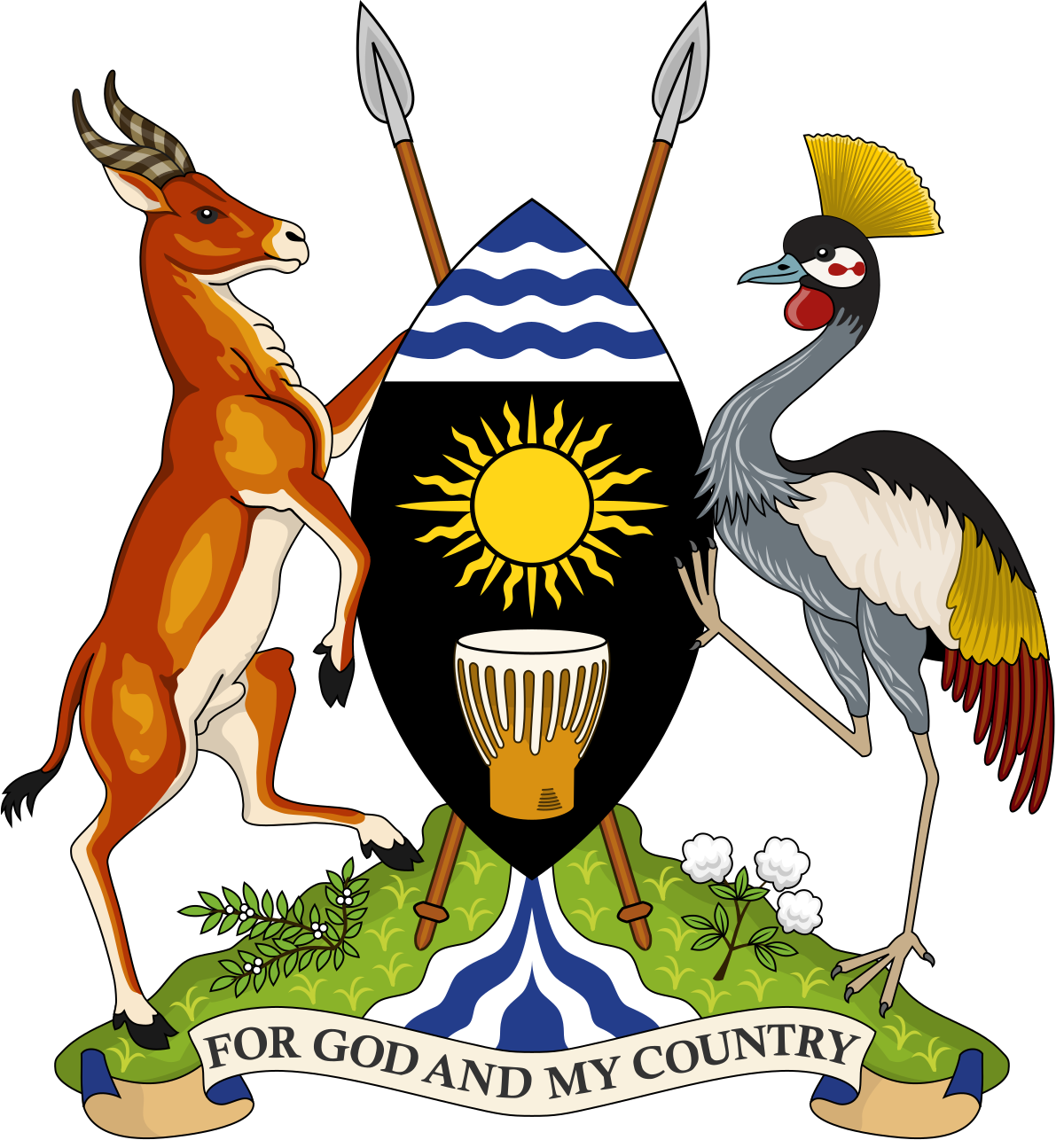About the Data Hub
The Official Home of Masindi's Open Data
What is open data?
Open data refers to information that can be freely used, re-used, and redistributed by anyone. It is readable by a computer so that it can be filtered, sorted, manipulated and downloaded for use.As a public resource, open data offers economic, performance, and social value:
- Offers private business a way to better understand potential markets and integrate government data into new, more innovative products and services,
- Increases government transparency and accountability to its citizens, and
- Improves the quality and efficiency of government services by allowing citizens and policy makers to make more informed data-driven decisions.
It is important to note that open data does not include Protected Health Information (PHI) or Personally Identifiable Information (PII) that is protected by law, such as a national identification number, driver license number, or medical information.
What data is available?
There are several types of data assets discoverable on the Data Hub. These are the most common.
- Dataset: an organised collection of data. The most basic representation of a dataset is data elements presented in tabular form with columns and rows. Datasets on the data hub are displayed in a grid or table view, similar to a spreadsheet. Each dataset includes the dataset's landing page which provides information about the dataset such as date created, last updated date and a data snapshot. The landing page helps a user decide if this dataset will meet their needs.
- Visualisation: graphical assets including charts, maps and data lens pages. They offer a visual way to interact with data and are linked back to the original dataset.
- Stories: platform webpages that provide context to data. Stories may contain text, visualisations, images and links.
Where do I begin?
- Browse datasets by topic: Datasets are grouped into broad categories for browsing. Choose one from the "topic" dropdown on the datasets page to view related datasets. Additional Texas data resources are listed below these tiles.
- Search: Enter key words in the search bar on the datasets page, to the right of the "topics" dropdown. Dataset titles, descriptions and tags are included in the search.
- Explore the Dashboards: Click on the Dashboard link in the white navigation bar at the top right. Here you can view the data in visualisations we believe best communicate the specific context. You can also toggle between charts & table view for most visualisation.
